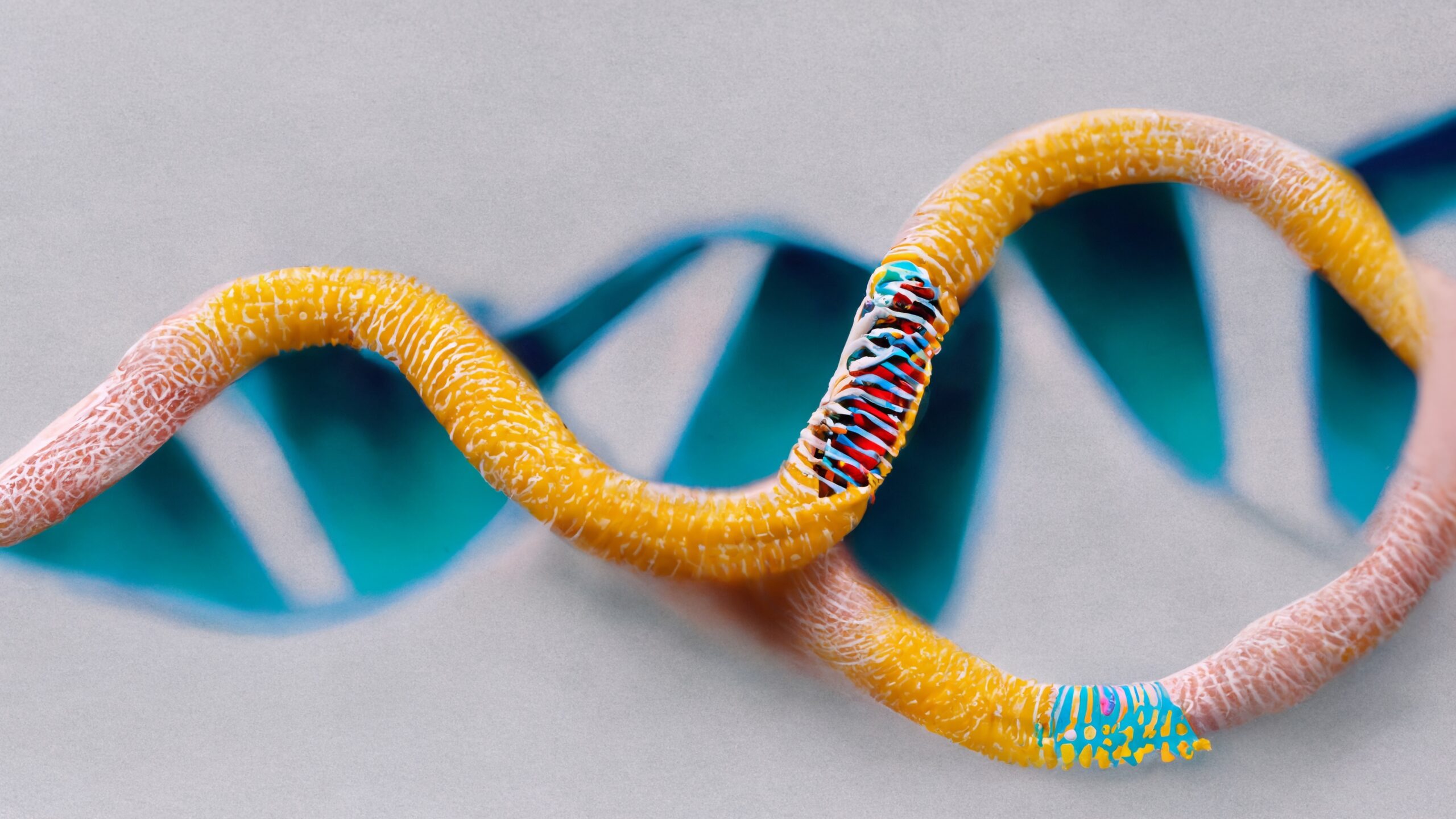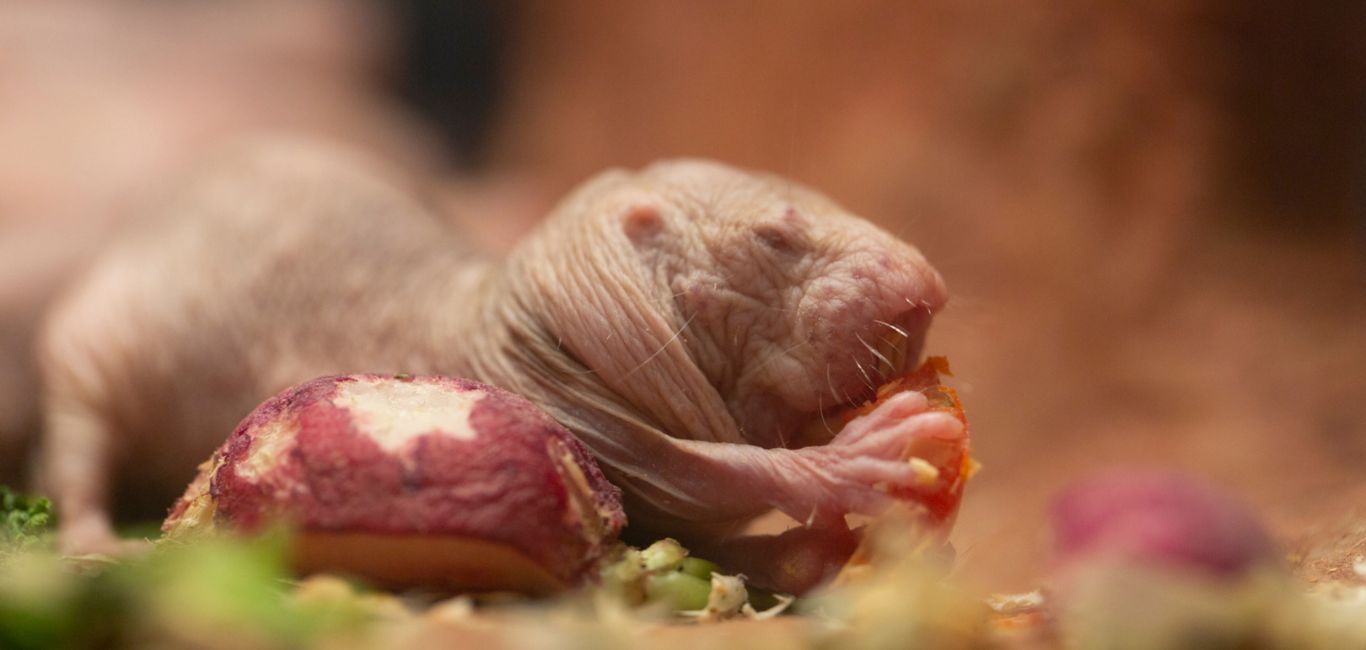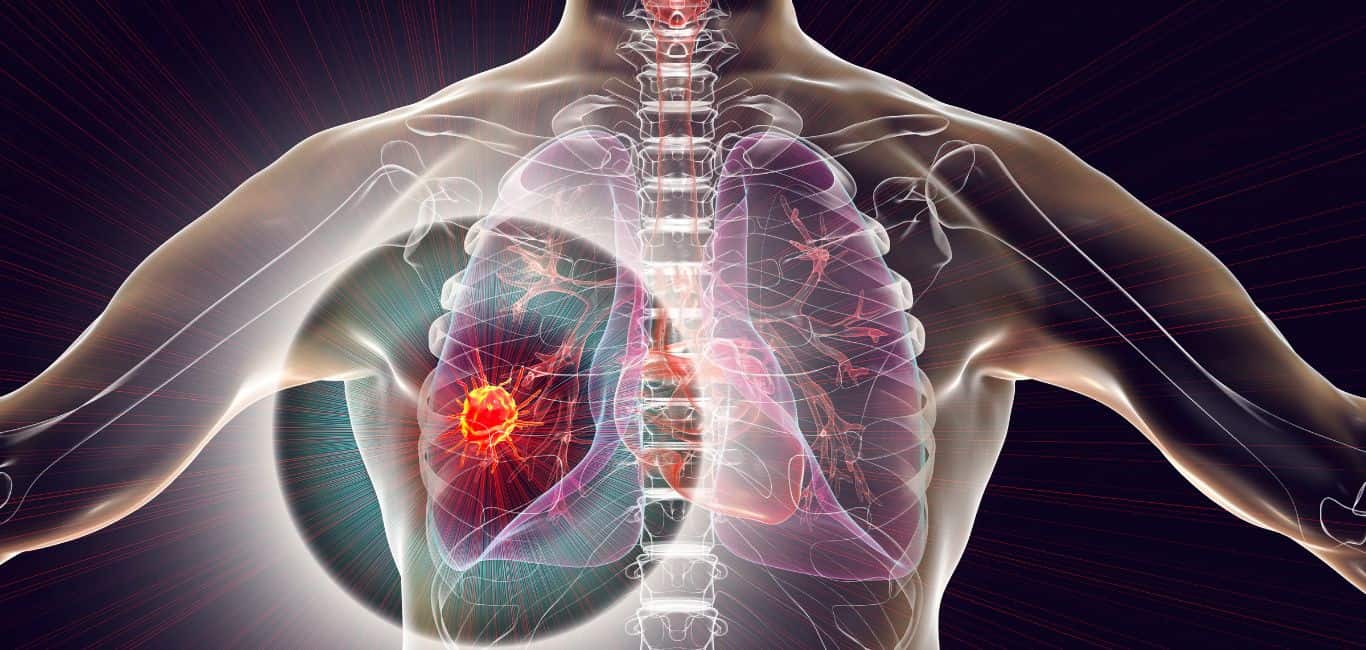
Since the beginning of life, nature has decided which genes survive across generations. Environmental forces such as natural selection have largely driven this, while humans unknowingly made crude edits using methods such as animal husbandry and agriculture. It was not till the advent of gene-editing techniques like CRISPR that we have gained more granular control of gene expression. These forays into intentionally shaping the genetic code have been our first, but their applications and ethical considerations are still evolving.
Now, researchers have added a new tool to our gene editing kit: direct current (DC)-actuated regulation technology (DART) — or in simple terms, using electricity to control gene expression.
A recent study published by researchers from the Department of Biosystems Science and Engineering, ETH Zurich in Basel, Switzerland, and the Faculty of Science of the University of Basel, has demonstrated an electro-gene interface in a mouse model. Using DC-current, they were able to alter gene expression in order to stimulate insulin release in a type-1 diabetic mouse. The result was a “complete reversal of diabetes”, the study’s corresponding author, Martin Fussenegger, tells Happiest Health.
The potential, the researchers believe, is a new system to connect electrical and biological systems, allowing cells to be programmed by a wearable device, and potentially combining the internet of things with an “internet of the body”.
Changing genes with light and electricity
If the notion of using electricity to directly control one’s genes appears as though it belongs in the realm of science fiction, Professor Fussenegger’s earlier work may come across as even more futuristic: optogenetics, the science of remote-programming genetics with light.
Professor Fussenegger and his team were optogenetics pioneers, having researched the field for over a decade. But, while refining it for biomedical use, they found that powering the light used too much energy for long-term implants. “We were dreaming of cutting out the middleman— the light — and programming cellular behaviour and genetics directly with electrical fields and currents,” he says.
A couple years ago, his team experimented with alternating current (AC) to do the job. However, the process proved too complex for wearable devices that had to be compatible with a battery-powered implant. So, they turned to DC. DC current flows continuously in one direction, like a steady stream, while AC current reverses direction periodically, like a back-and-forth motion.
The switch to DC allowed them to test a range of off-the-shelf battery options, from the humble AAA battery to the everyday power bank. They found that “DC-powered electrogenetic interface is robust, safe and tuneable across a wide range of voltages, battery types and stimulation times”.
The study used energised acupuncture needles stimulating 4.5 volts of DC for ten seconds to produce non-toxic levels of reactive oxygen species, which in turn, allowed them to fine-tune the expression of genes that stimulate insulin production. In diabetic mice, DART was able to stimulate insulin release and restore normoglycemia (normal concentration of sugar in the blood).
The study notes that the interface need not just be for insulin. “While we chose DART-controlled insulin production for proof-of-concept validation, it should be straightforward to link DART control to the in-situ production and dosing of a wide range of biopharmaceuticals,” the authors write in the paper published in Nature Metabolism.
Using music, fragrance and food additives to control genes
Much of Professor Fussenegger’s prior research has focused on innovative ways to alter genes: from using fragrances to food additives. More recently, his team used music to trigger insulin release in designer cells. The song they picked was Queen’s “We will rock you”.
The researchers also tested the DART system on other mammalian cell lines including human cells, and found compatibility. The next step, human trials, will require the researchers to team up with investors.
“We will now have to prepare clinical trials which consist of three consecutive phases for which we need to have the cells produced under good manufacturing practice (GMP), a suite of regulations that are beyond the financial scope of an academic research group,” he tells Happiest Health. He adds that it could take ten years to see the technology validated in humans, he adds.
The authors hope their work can build the missing bridge between the electronic and biological worlds.
“While biological systems are analog, programmed by genetics, updated slowly by evolution and controlled by ions flowing through insulated membranes, electronic systems are digital, programmed by readily updatable software and controlled by electrons flowing through insulated wires,” they write. They envision a future where electronic devices control gene expression. The missing link, so far, has been the necessary electrogenetic interface. This would allow full compatibility and interoperability of the electronic and genetic worlds.
Professor Fussenegger feels smart watches could get smarter with sensors, AI and LTE capability. This would allow critical metabolic parameters like glucose to be monitored. It could also allow genetic responses to be triggered in real time. “This could replace the concept of treatment [with] a real cure since metabolic control circuits will be taken over by electronic control,” he says.
You can read the research paper on the subject here: https://www.nature.com/articles/s42255-023-00850-7

















